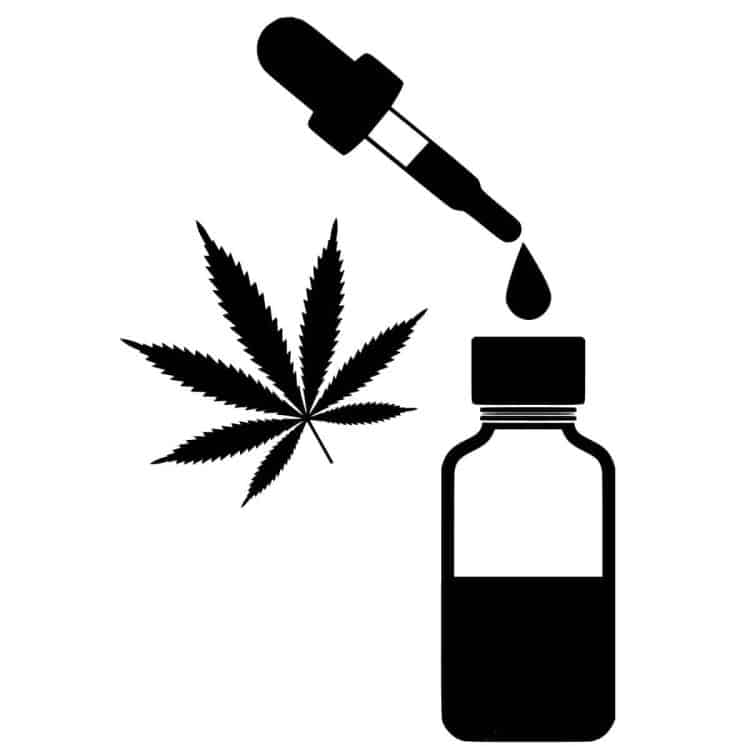The legalization of hemp (and cannabis in some states) has created a new niche in the food and beverage industry. Consequently, cannabis-infused foods and beverages are fast rising in popularity.
The process of creating high-quality cannabis ingestible products involves extracting therapeutic cannabis compounds and then using these phytomolecules to infuse the products.
Cannabis Extraction Methods
There are various ways that can be used to extract therapeutic compounds from cannabis. When choosing the best method, food and beverage processors can consider product quality in terms of potency and purity (safety).
A 2019 study utilized solubility parameter theory (SPT) to characterize the solubility of phytocannabinoids and terpenes in different solvents. [1] The theory demonstrates that cannabinoids and terpenes are most soluble and miscible in solvents that have a matching solubility parameter or are in the same parameter range. Jerry King, Ph.D. explains, “The use of SPT is based on the idealistic premise of intermolecular interaction between the singular components and solvent used in cannabis extraction and solvation.” The solvent and extraction parameters may thus be modulated to achieve the desired product. [1]
Below are some of the most widely used methods:
1. Supercritical Carbon Dioxide
This is one of the most widely used commercial methods. Carbon dioxide (CO2) is a gas at room temperature but becomes a liquid in supercritical conditions (31.0 °C and 72.8 atm). When passed through cannabis plant material, supercritical CO2 extracts cannabinoids and terpenes. The CO2 is converted back to a gas for easy removal from the crude extract. While this option can be expensive, it offers a pressure/temperature tunability for extracting terpenes and cannabinoids and enables the repurposing of a greenhouse gas for greater good.
2. Ethanol
Ethanol dissolves cannabinoids, terpenes, waxes, and chlorophyll. Using cold ethanol, however, can help lessen or eliminate the solubility of plant waxes, preventing the need for winterization. Though it’s generally safe, unwanted ethanol can be left in the extract. From a cost perspective, ethanol is heavily taxed for commercial use. Additionally, spent ethanol must be properly disposed of, adding another expense to consider.
3. Hydrocarbons
Hydrocarbons like butane are used in cannabis extraction. While ethanol has a hydroxyl group that helps dissolve more polar molecules like chlorophyll [2], butane has a hydrocarbon chain that limits its solvency to non-polar molecules like cannabinoids and terpenes. Butane can remain in extraction products, highlighting the need for residual solvent testing. Additionally, butane is highly flammable making safety precautions prerequisite to its use.
GRAS
When creating cannabis-infused foods and beverages, the solvents used must be safe for human consumption up to specified levels. This is referred to as generally regarded as safe (GRAS). GRAS solvents include carbon dioxide, ethanol, water, and butane. [1] Supercritical CO2 is a prevailing GRAS solvent due to its consumer-friendly nature and selectivity as a solvent. [1]
Processing Cannabis with Emulsion
Cannabinoids are lipophilic, meaning that they do not blend with water. This creates a potential problem for food and beverage developers who need to infuse cannabinoids uniformly.
Lecithin is a chemical emulsifier that is commonly used to increase the solubility of lipophilic compounds such as phytocannabinoids. [1] However, lecithin alone may not be able to create a stable emulsion since larger oil droplets tend to destabilize.
Nano-emulsion technology can be implemented to circumvent this challenge by decreasing droplet size. Apart from improving the solubility of cannabinoids, this technology increases the bioavailability of the cannabinoids and helps to create clear and sparkling cannabis infused beverages.
Ultimately, cannabis food and beverage developers can explore the physico-chemical properties of target compounds to determine ideal extraction conditions and even product packaging. Transparency with consumers regarding extraction methods and processing is also recommended. [1]
Image Source: https://pxhere.com/en/photo/1515475
Reference
- King J. “The Relationship Between Cannabis/Hemp Use in Foods and Processing Methodology.” Current Opinion in Food Science, vol.28, 2019, pp. 32-40. [Journal Impact Factor 3.828; Cited by 2 (ScienceDirect)]
- Tsuji, T. et al. “Solvent Extraction of Plant Pigments from Leaf Protein Concentrate,” Journal of Chemical Engineering of Japan, vol. 18, no. 6, 1985, pp. 539-544. [Journal Impact Factor 0.728; Cited by 0 (Scijournal.org)]











